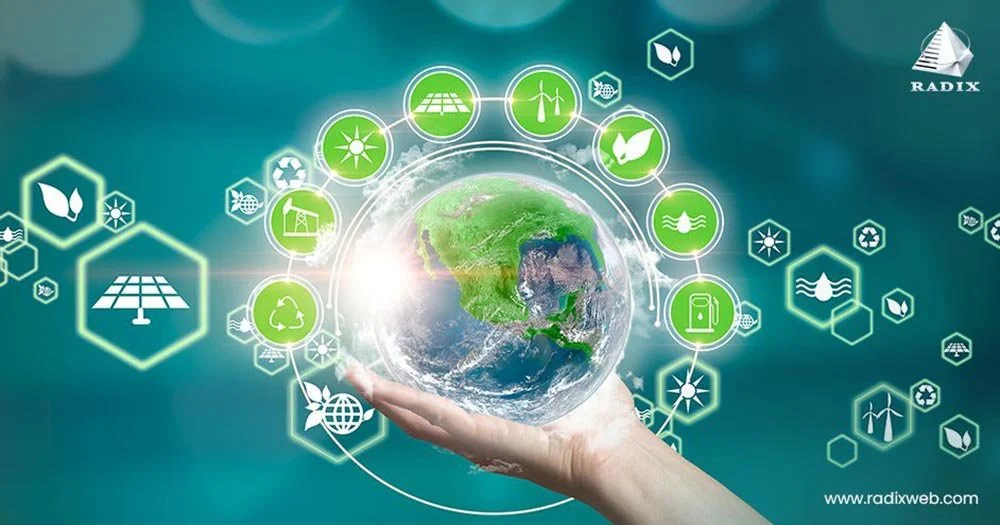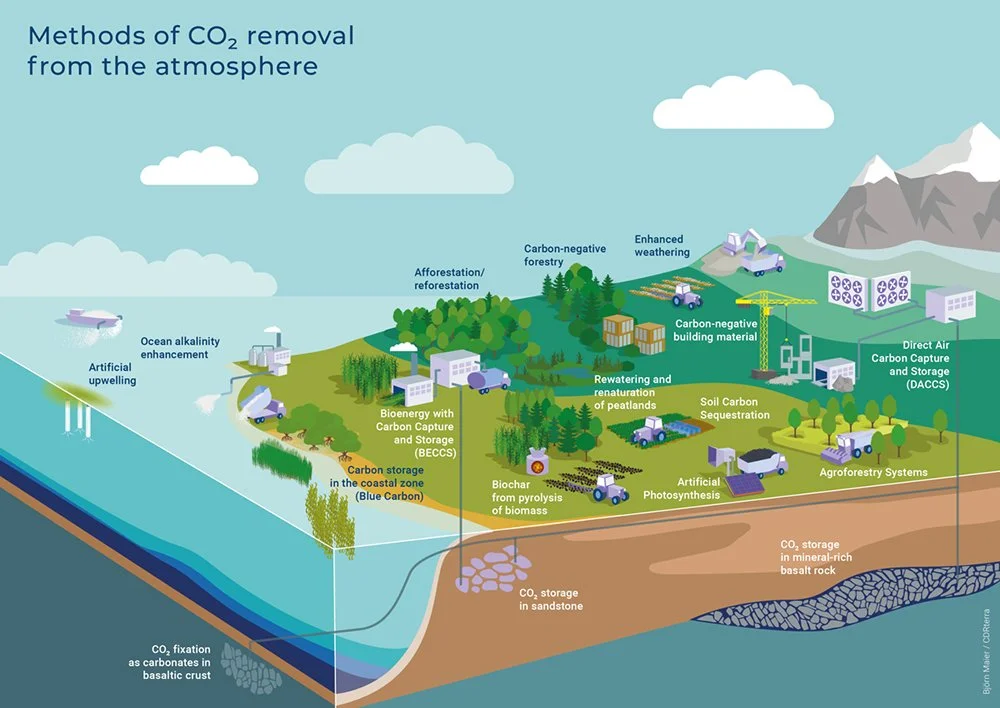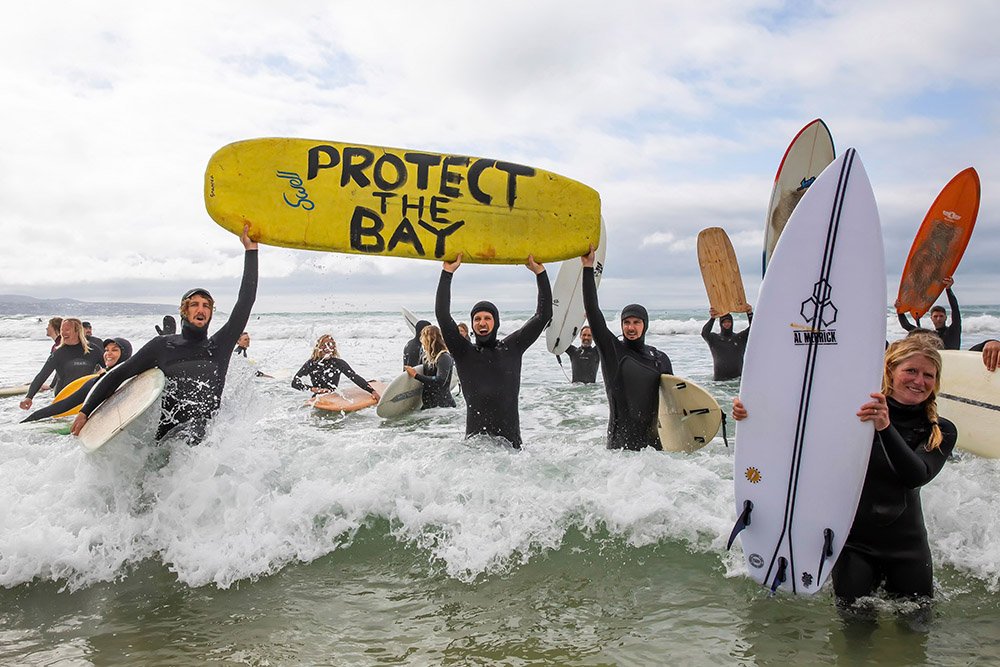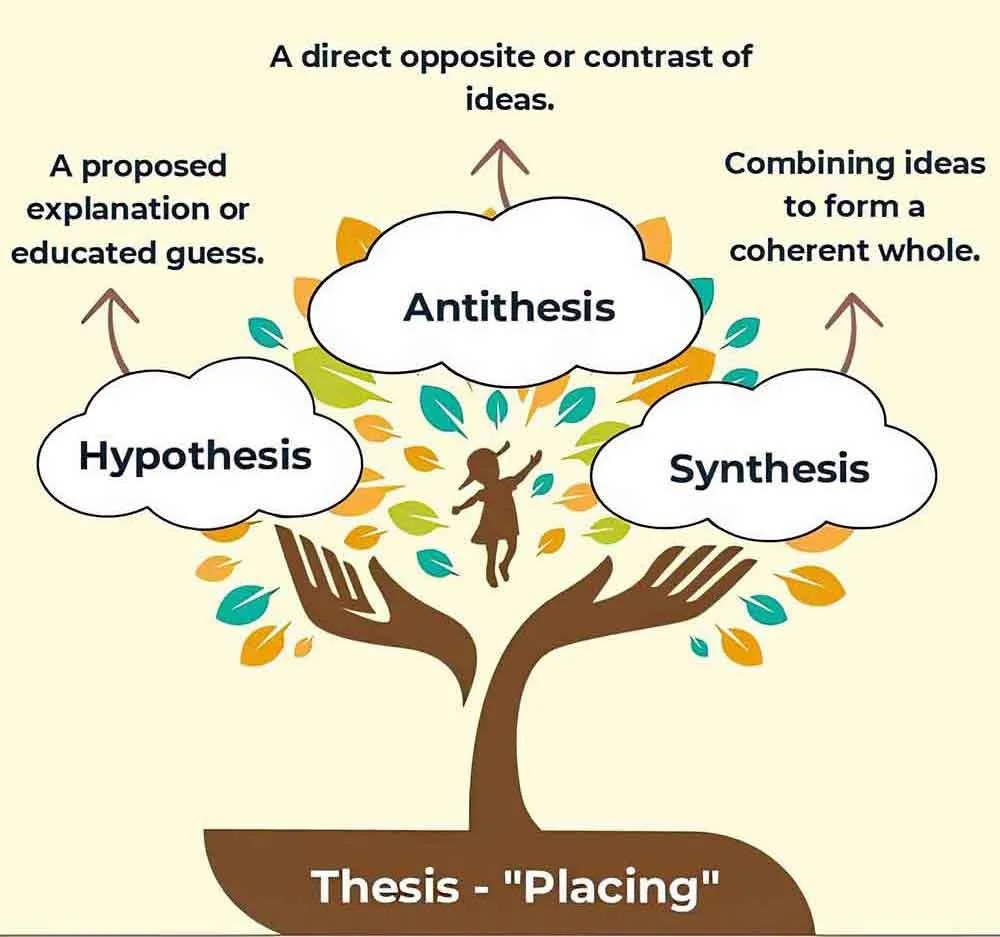Can New Technology Help Save the Oceans?
• This video is very good, but gets a little complicated.
• You do not need to remember the details!
• Just watch to get a better idea about ocean acidification.
What problem are companies trying to solve with ocean alkalinity enhancement?
How does ocean acidification hurt sea life?
What is Ebb Carbon doing to help the ocean?
Why are some scientists worried about these new technologies?
What is a carbon credit, and why do companies buy them?
What happened during the test in Cornwall, England?
What is geoengineering?
Why do some scientists want to try nature-based solutions instead?
What are two ways to deal with too much carbon dioxide in the air?
What is one major challenge with ocean alkalinity projects?
• READ •
Can New Technology Help Save the Oceans?
The world’s oceans are facing a big problem.
The water is becoming more acidic, which means it is getting less healthy for the animals and plants that live there.
This change is caused by too much carbon dioxide (CO2) in the air. The oceans absorb a lot of this CO2, which changes the chemistry of the water and makes it more acidic. When this happens, creatures like shellfish and crabs have trouble building their shells, and coral reefs can be damaged or destroyed.
To help fix this problem, some companies are trying a new idea called ocean alkalinity enhancement.
This means they add materials to the ocean to make the water less acidic, or more alkaline. These materials help balance the pH level of the ocean and could help protect sea life.
One company, Ebb Carbon, is working on a way to do this using electricity and science.
In 2024, they made a big deal with Microsoft to help remove carbon from the ocean using this method. Their plant, located near Sequim Bay in Washington State, can remove up to 100 tons of carbon from the ocean each year. Ebb Carbon says their method is similar to a natural process that already happens in the ocean, but they are speeding it up.
Other companies are trying similar projects.
Planetary Technologies in Canada and Equatic in the U.S. are also raising money and working with big businesses like Boeing to help remove CO2 from the ocean.
In fact, more and more companies are putting money into ocean alkalinity as a way to help the environment and meet their climate goals.
But not everyone thinks this is a good idea—at least not yet.
Many scientists worry that these new methods are being used too quickly without enough testing. Dr. James Kerry, who studies coral reefs, says that if too much alkaline material is added, it could cause problems. The added materials might turn into minerals that cloud the water or hurt sea animals.
Scientists also say that ocean acidification is a real and growing problem.
Since the 1980s, the pH of the ocean has dropped a lot—about 40% since before factories and machines began putting so much CO2 into the air.
One example of this problem happened in 2012 on the west coast of the Americas, when deep-sea water came to the surface and caused a big change in the ocean’s chemistry. This hurt kelp forests along over 220 miles of coastline.
Even though the problem is serious, many people believe we need to be very careful with new technologies like ocean alkalinity enhancement.
These methods are part of something called geoengineering, which means changing the Earth’s natural systems on purpose to solve environmental problems. Geoengineering is still very new, and scientists are not sure how safe or effective it is.
Still, businesses are spending a lot of money on carbon removal. They do this by buying carbon credits, which allow them to keep polluting while paying others to remove CO2 from the air or sea.
In just two years, from 2022 to 2024, the amount of money spent on carbon removal grew from £41 million ($56 million) to more than £1.9 billion ($2.6 billion). Some experts think it could grow to £37 billion ($50 billion) by 2030.
Dr. Christopher Gobler says size is an important part of the problem. If companies don’t do enough, it won’t help the ocean. But if they do too much, they could make the water too alkaline, which can hurt sea life like sea grasses.
Ebb Carbon’s CEO, Ben Tarbell, says his company is working carefully. They check the ocean water all the time to make sure it stays safe. They even worked with a local Native American tribe in Washington to study how the added alkaline materials affected salmon.
Ebb’s small plant can remove 100 tons of carbon a year, but they are building a bigger one in Port Angeles, Washington. This new plant should be able to remove 1,000 tons of carbon each year.
Tarbell says their goal is to one day remove over 2 billion tons of carbon each year using this method. He admits they can’t clean the entire ocean, but they hope to improve the coastal waters, where many sea creatures live.
One big challenge is that the laws and rules about using ocean alkalinity are not clear yet.
Some companies are moving ahead with tests even though governments haven’t decided what’s allowed.
For example, in 2022, Planetary Technologies tried a test in St Ives Bay in Cornwall, England. Many people in the area were upset because they felt they weren’t told enough about the experiment. They were worried it might hurt seals and fish in the area.
There were protests, and the company later decided not to continue the project there.
Planetary Technologies is no longer working in the UK, but it has continued to raise money in other places, including from Microsoft. The company says the trial in Cornwall showed promise, but it wasn’t a good fit for a long-term project.
While some scientists worry about moving too fast, others think it’s worth trying new solutions. Dr. David Ho says these companies need to prove that their ideas really work. Right now, they don’t have strong proof, and that’s a problem.
Some experts believe we should look at nature-based solutions first. This includes protecting ocean habitats, like seagrass beds and coral reefs, which can naturally help store carbon. These methods are slower but may be safer and more proven.
Brad Ack from a group called Ocean Visions says we really have two choices. We can either stop putting CO2 into the air, or we can take it out. The world will probably need to do both.
But figuring out how to do that safely and effectively is the hard part.
► COMPREHENSION QUESTIONS
— please answer with complete sentences
What problem are companies trying to solve with ocean alkalinity enhancement?
How does ocean acidification hurt sea life?
What is Ebb Carbon doing to help the ocean?
Why are some scientists worried about these new technologies?
What is a carbon credit, and why do companies buy them?
What happened during the test in Cornwall, England?
What is geoengineering?
Why do some scientists want to try nature-based solutions instead?
What are two ways to deal with too much carbon dioxide in the air?
What is one major challenge with ocean alkalinity projects?
► From EITHER/OR ► BOTH/AND
► FROM Right/Wrong ► Creative Combination
THESIS — Argue the case that “Technology is the ONLY answer!”
ANT-THESIS — Argue the case that “Nature-based solutions are the ONLY way!”
SYN-THESIS — Create a better solution, one that sees the positive points in both the technology and nature-based approaches at the same time.



















